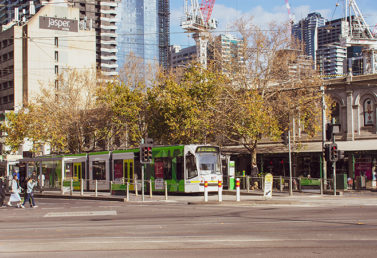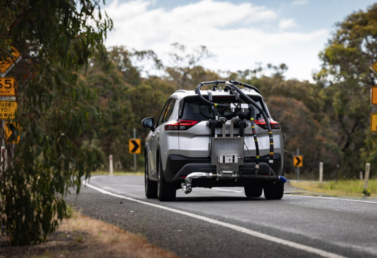The latest AAA Transport Affordability Index shows that Australia’s transport cost inflation eased in the June quarter, falling below the consumer price index rate.

The latest AAA Transport Affordability Index shows that Australia’s transport cost inflation eased in the June quarter, falling below the consumer price index rate.
But over the 2022-23 financial year, transport cost rises were about 50 per cent higher than CPI, and they remain at levels causing considerable discomfort for many Australians.
The report, released by Australia’s peak motoring body, shows typical capital city household transport costs rose by an average 0.5 per cent across Australia in the June quarter, and typical benchmark regional household transport costs rose by an average of 0.6 per cent.
But price surges in the previous quarters of the 2022-23 financial year leave transport costs at a much higher level than they were in 2021-22.
At the end of the June 2023 quarter, typical capital city household transport costs were 8.8 per cent higher than they had been at the end of June 2022, and typical benchmark regional costs were 10.1 per cent higher than they had been 12 months previously.
These increases are significantly higher than the consumer price index rate of 6.0 per cent for the same period.
AAA Managing Director Michael Bradley said: “The cumulative effect of continually rising transport costs is a heavy burden at a time when Australians are feeling cost of living pressures across the board.
“Transport is a significant and unavoidable expense for households and is one of the key drivers of inflation. Governments at all levels must consider these cost pressures when formulating policy.”
The Index’s economic modelling is based on a “hypothetical household” that:
AAA MEDIA CONTACT
Matthew Franklin, Director – External Affairs: 0411 659 868, [email protected]
The AAA is the nation’s peak motoring body, representing Australia’s state-based motoring clubs and their 8.9 million members. It is an apolitical and technology-neutral advocate for federal transport policy that improves safety, affordability, and mobility.

The latest AAA Transport Affordability Index reveals transport cost rises exceeded the consumer price index not only in the September 2023 quarter but also over the 12 months to the end of September.
read more
Initial results of Australia’s first program to test vehicle real-world performance show the cars tested use up to 13% more fuel on the road than they did in lab tests reported by manufacturers.
read more
The quarterly update of the AAA’s EV Index shows the Australian new vehicle market continuing to change.
read more